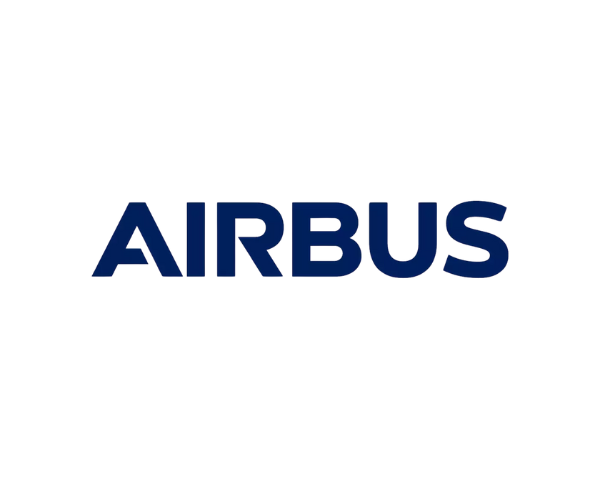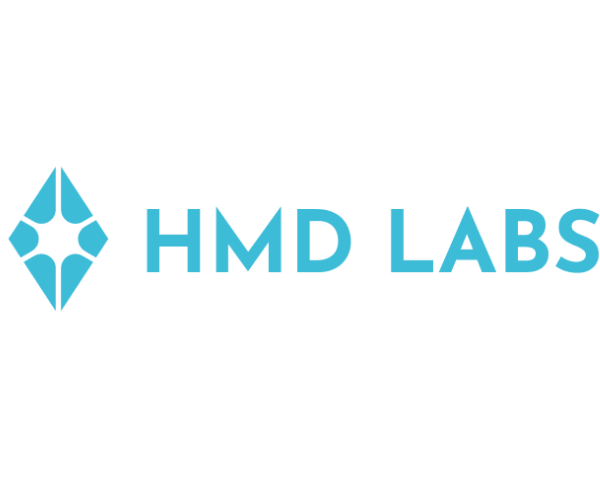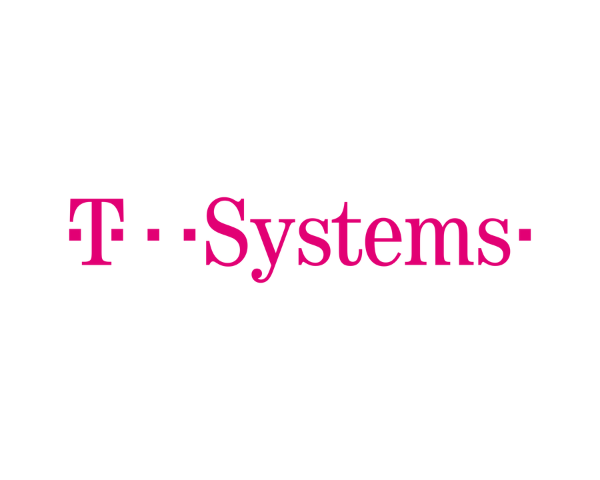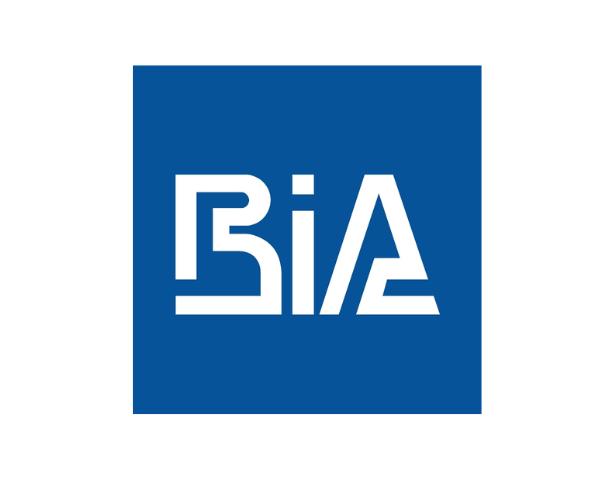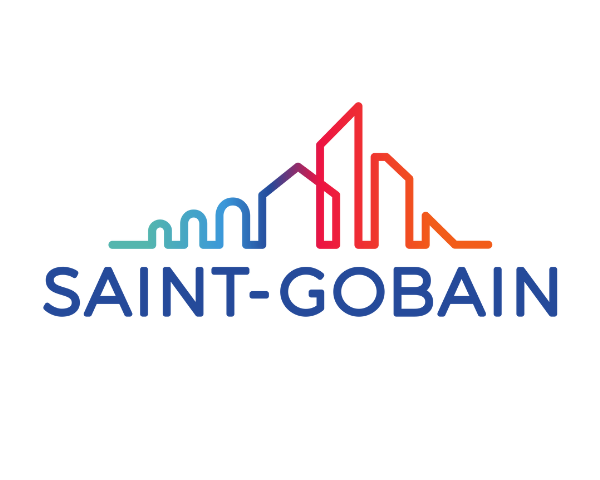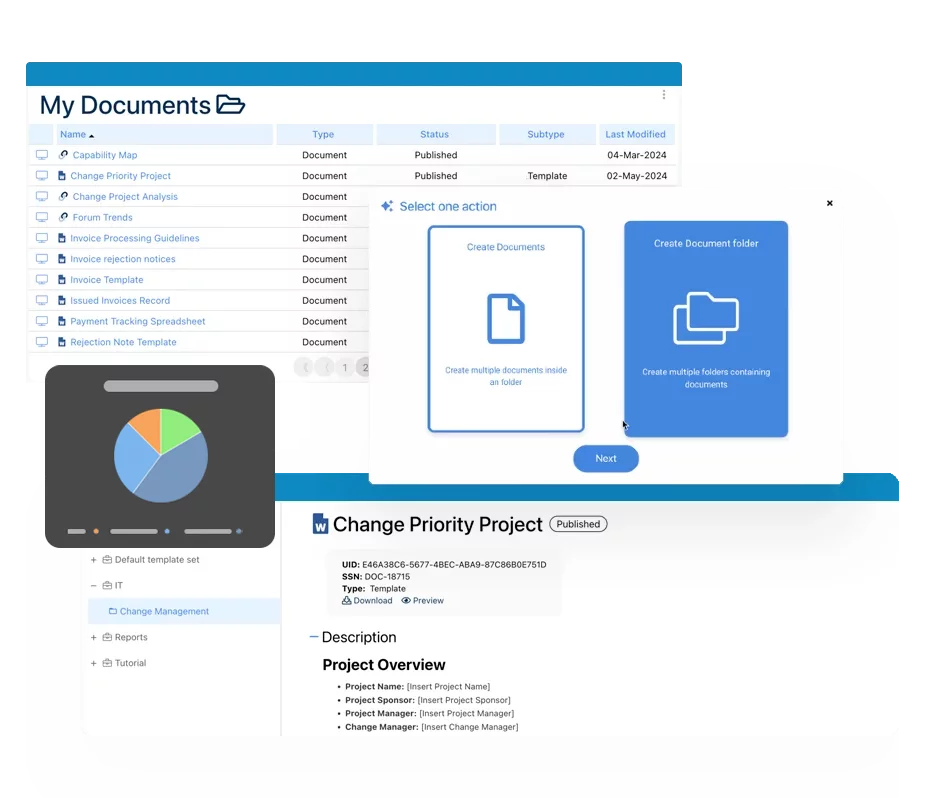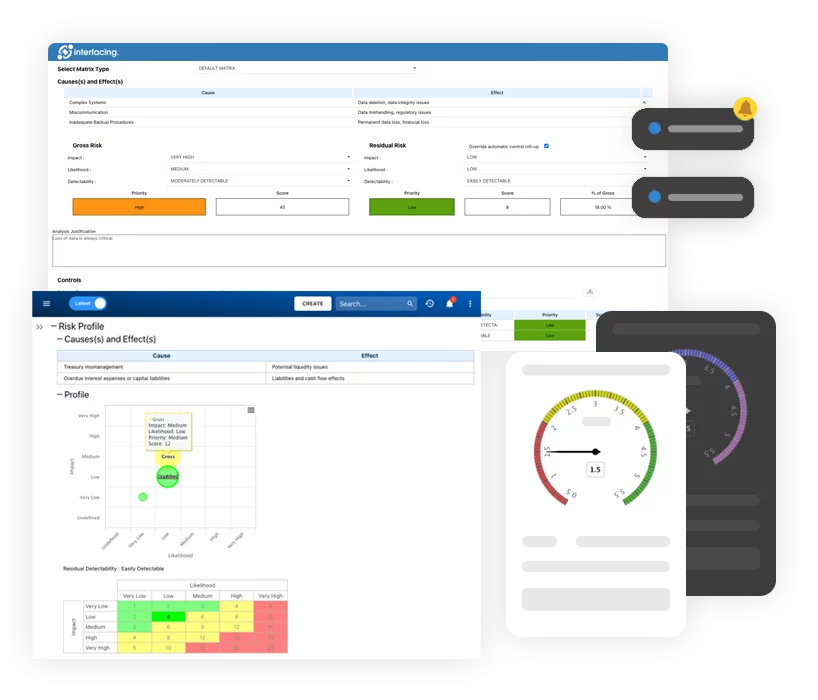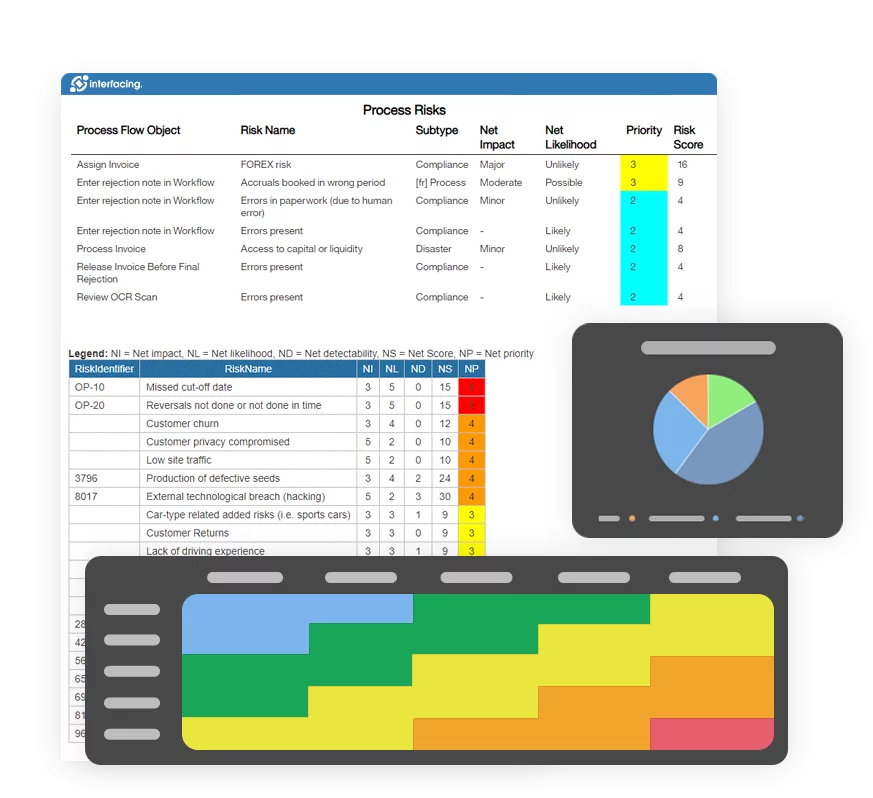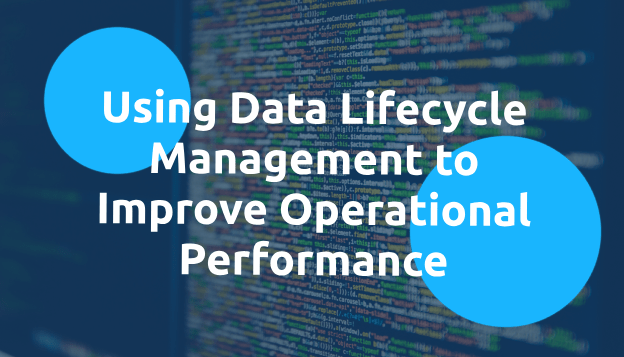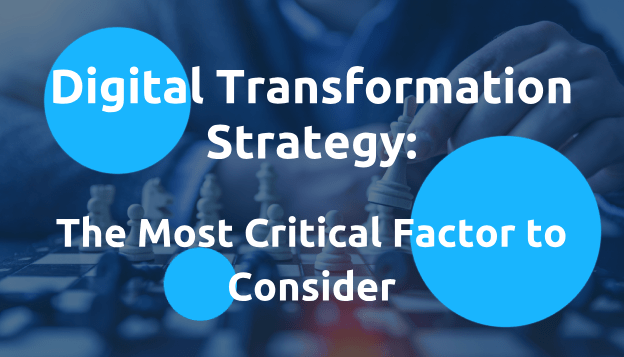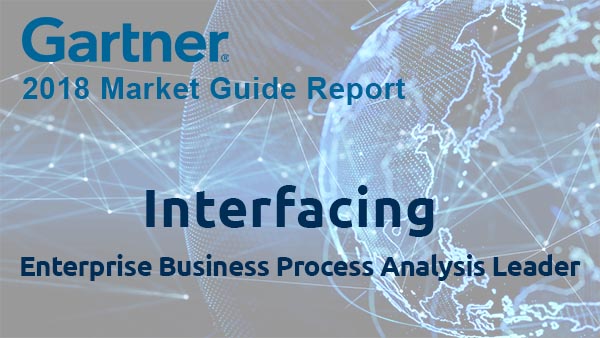Intro
When deploying technology in your organization, have you ever considered the integration of your various IT systems?
People consider integration as getting data from one system to another. It is a very simplistic point of view but unfortunately shared by many. A more precise statement of integration would be about business process information flow between software applications.
On October 30, 2018, Interfacing invited Piet Knijnenburg for a webinar to discuss how vital the integration of applications can be to your operational performance.
Why IT? Why data?
Your operational processes are supported by various IT systems. First and foremost, we need to understand the three basic facets of your IT support: direct IT support, indirect IT support, and agility.
Direct support is the support of your primary processes and highly process-oriented. Indirect support is the support of your secondary processes, such as data warehousing, business intelligence and predictive analytics. Agility presents opportunities arising from new technology that your business processes can benefit from.
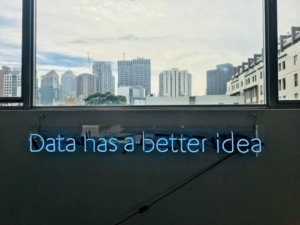
It is imperative to understand when changing your business processes, your IT support should change at the same speed. In this context, data lifecycle management will be a comparative approach to manage your organization’s data, along with associated metadata, from creation, storage, to obsolescence and destruction.
As a matter of fact, data lifecycle management has always been the most important but often overlooked aspect of data architecture. However, with the introduction of the GDPR (European General Data Protection Regulation), as well as many other similar regulations that came into force in the US, we can no longer afford to neglect data lifecycle management.
Back to operational performance, data lifecycle management is specifically important to reveal which business processes and events are responsible for the various phases in the lifecycle of the data, and in which information systems they are registered or controlled.
A Collection Of Applications vs. A Network of Applications?
Business processes can be decomposed into sub-processes, which can be decomposed into tasks. From an ecosystem perspective, your processes, along with processes from other organizations, will make up the process map of a local economy, which is part of global economy.

Usually, various processes are covered by various IT applications. Process-application is never a one-to-one relationship.
Similar to processes, applications can also be decomposed into programs, which can be decomposed into subroutines (i.e. functions and procedures). And a well-design system of applications can form an applications network.
An applications network is a set of applications cooperating as a whole. If parts of the system don’t cooperate, then the system can’t function properly. In other words, integration of applications is at least as important as the applications themselves.
Things work better when they work together on purpose. Don’t focus on things, focus on how to make them work together.
Be Aware Of Unsuitable Integration Solutions
We have evolved from manually registering data on paper to automatically registering data on disk, only to discover that some data was redundant and could be shared between applications. We then focused on getting data from one application to another in a batch.
It worked very well in the last century, but with the evolution towards more and more real time business process support, these legacy import-export solutions have become unsuitable in today’s direct IT support. We rapidly ran into various issues resulted from these unsuitable integration solutions. And in real time systems, errors as such can be highly impactful to business processes.
Be proactive in your approach – the initial costs of an unsuitable integration solution may be low, but the total cost of ownership over the lifecycle of the solution can be very high. And oftentimes, these failures are very difficult to find, very difficult to remedy, and even more difficult to prevent, and impossible to predict.
Using Data Lifecycle Management To Improve Operational Performance Webinar
What Is A Collaborative Applications Network?
As an integration architect, Piet has his own definition of application integration which differs from the tech-oriented one on Wikipedia. He goes further than technology itself by defining application integration as a support of business processes across a heterogeneous landscape of applications.
To achieve application integration, we need to encourage organizations to stop collecting applications and to start building integrated applications network, in which the applications can cooperate as a whole. A functional application network demonstrates several key capabilities –
- Communication
- Coordination
- Harmonization
- Administration
Furthermore, an applications network is not a point-to-point integration, or a middleware solution, or a fancy term for integration layer. It is carefully designed and structured in a way that connected applications can cooperate as a whole and create synergy.
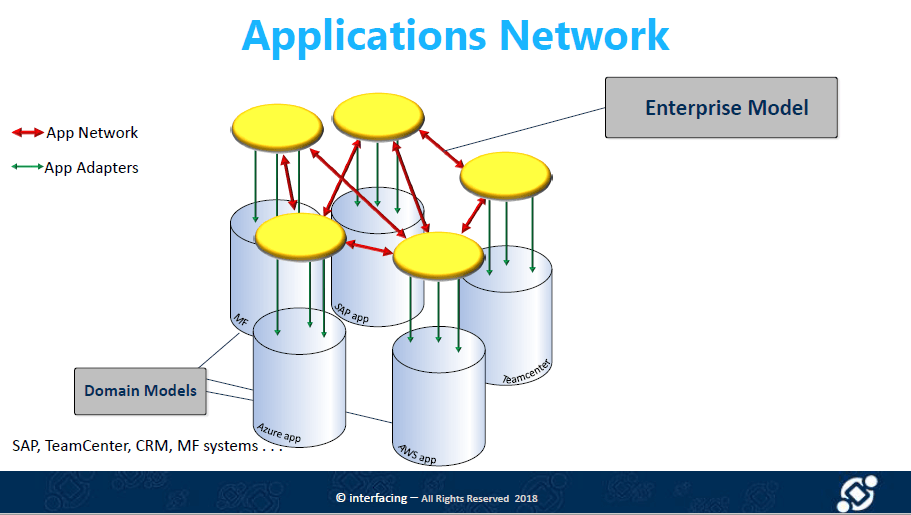
Business Service Design Is More Than Data Gathering Service
Business Service Design is a powerful methodology to weave your business processes and applications network together. It is composed of business process context and information stream context.

To make sure that standardized information flows across various applications, canonical schema can be extremely useful to structure your shared content in an identical way. Besides canonical schema, there exist many other models available to choose from. You can also create your own schema adapted to your organization.
However, we should acknowledge that canonical models live only in the business process layer. For a Business Service Design, we also need a Greenfield enterprise model to structure data required in the business service layer.
The fabric of an applications network consists of integrations that implement the business process information flow between the LOB systems.
To Recap
Business processes govern the data that will be exchanged. The roles that various systems and applications play in the data lifecycle will govern the nature of the messages. The messages’ nature and trigger govern the choice of a message exchange pattern. And the message exchange pattern governs the choice of technology.
To learn more about how to avoid snapshot integration and use data lifecycle management to boost your operational performance, watch our webinar with Piet!

Piet Knijnenburg
Author, Integration Architect, DAF Trucks NV
Why Choose Interfacing?
With over two decades of AI, Quality, Process, and Compliance software expertise, Interfacing continues to be a leader in the industry. To-date, it has served over 500+ world-class enterprises and management consulting firms from all industries and sectors. We continue to provide digital, cloud & AI solutions that enable organizations to enhance, control and streamline their processes while easing the burden of regulatory compliance and quality management programs.
To explore further or discuss how Interfacing can assist your organization, please complete the form below.

Documentation: Driving Transformation, Governance and Control
• Gain real-time, comprehensive insights into your operations.
• Improve governance, efficiency, and compliance.
• Ensure seamless alignment with regulatory standards.

eQMS: Automating Quality & Compliance Workflows & Reporting
• Simplify quality management with automated workflows and monitoring.
• Streamline CAPA, supplier audits, training and related workflows.
• Turn documentation into actionable insights for Quality 4.0

Low-Code Rapid Application Development: Accelerating Digital Transformation
• Build custom, scalable applications swiftly
• Reducing development time and cost
• Adapt faster and stay agile in the face of
evolving customer and business needs.
AI to Transform your Business!
The AI-powered tools are designed to streamline operations, enhance compliance, and drive sustainable growth. Check out how AI can:
• Respond to employee inquiries
• Transform videos into processes
• Assess regulatory impact & process improvements
• Generate forms, processes, risks, regulations, KPIs & more
• Parse regulatory standards into requirements

Request Free Demo
Document, analyze, improve, digitize and monitor your business processes, risks, regulatory requirements and performance indicators within Interfacing’s Digital Twin integrated management system the Enterprise Process Center®!
Trusted by Customers Worldwide!
More than 400+ world-class enterprises and management consulting firms




















